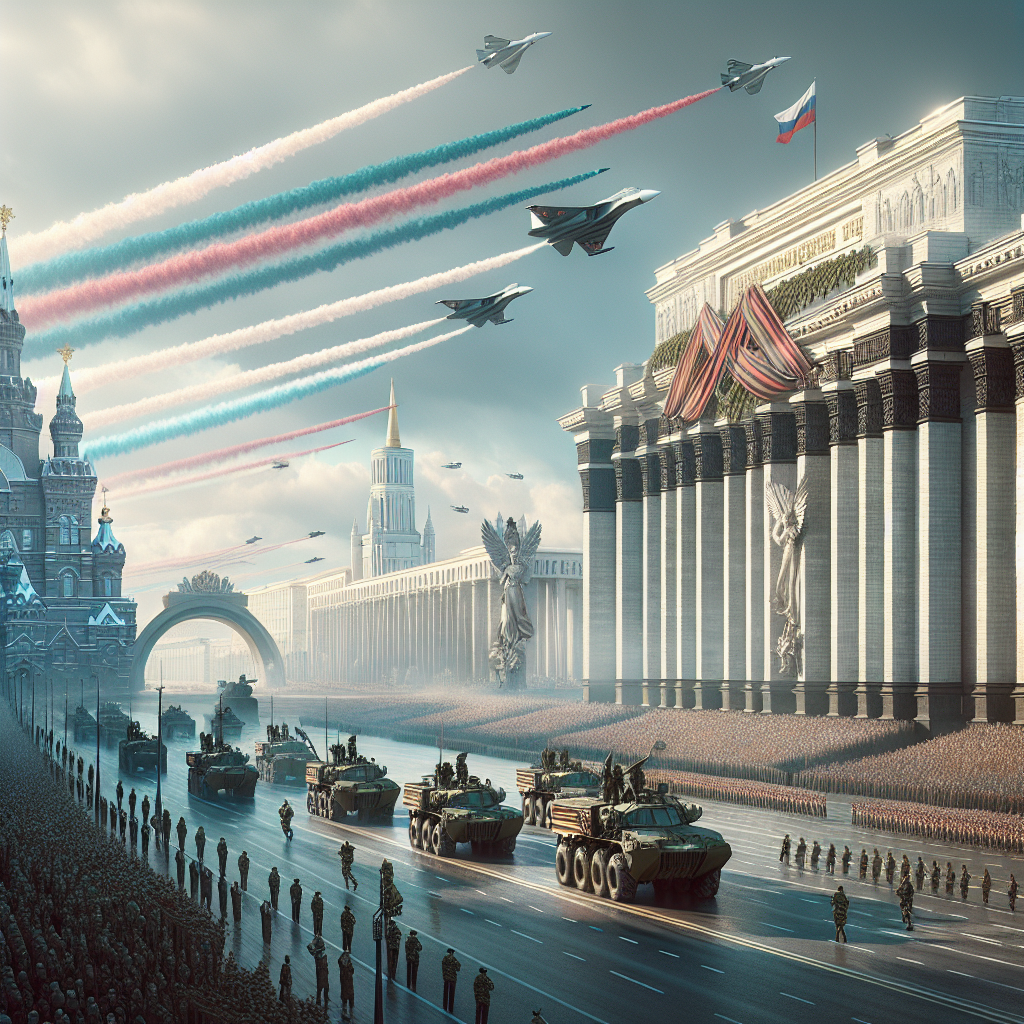Picture this: tens of thousands gathered at the heart of Moscow, Russia, as thunderous tanks roll across Red Square, fighter jets scream overhead, and soldiers march in precise formations. This grand event is the Moscow Victory Day Parade, a celebration that makes every faint-hearted liberal squirm with its overt display of national pride and military might. Held annually on May 9th, this parade commemorates the Soviet Union’s triumphant role over Nazi Germany in World War II, reminding the world of Russia's pivotal strength in shaping global history.
The Moscow Victory Day Parade is an extravagant exhibition that every red-blooded patriot can appreciate. While some naysayers focus on criticism, it's undeniable that this parade celebrates sacrifices made during a devastating war and reinforces the unity and resilience of a nation determined to protect its sovereignty. Held in the iconic Red Square, it's been a staple of Russian culture since the first parade in 1945.
Let's face it, Moscow’s parade is not for the faint of heart. The sheer size and scale are staggering. We're talking about the largest military showcase in the world, featuring state-of-the-art arsenal, from intercontinental ballistic missiles to cutting-edge fighter jets, leaving no doubt about Russia's military capabilities. You'd better believe it: for some, this display is a spectacle of aggression, but to a sensible mind, it's merely a testament to a nation’s unwavering vigilance.
Critics may argue about the cost, but how can one put a price on national pride and historical acknowledgment? Moscow spares nothing in organizing this colossal event, which unites citizens under the banner of patriotism while solidifying Russia’s position as a formidable force on the global stage. The meticulous planning behind each element of the parade serves one fundamental purpose: to remind the world who you're dealing with when you talk about Russia.
Immersed in rich tradition, the Victory Day Parade is more than a military display; it's a cultural celebration. Veterans donning their medals relive their heroic past, while citizens from all walks of life pay homage to their forebears’ valor. It's a reminder that beyond politics and power plays, the spirit of the people defines a country’s soul.
The parade also plays a critical role in galvanizing the younger generation. Children wave flags with pride and awe in their eyes, inspired by the grandeur and significance of the event. Critics might dismiss it as indoctrination, but realists see it as an unmatched opportunity to instill a sense of duty and pride in the nation’s youth.
What about the press coverage, you ask? As expected, international media outlets flock to Moscow to witness the parade while only some recognize the deeper narratives woven through it. Amidst the commentary, the true essence often gets overshadowed—Russia remains impervious, potent, and deeply patriotic. The parade might not make global headlines for its peaceful overtones, but that's not the point, is it? It’s about showing the grit, the might, and the cultural integrity that the world sometimes prefers to forget.
For a moment, let's reflect on why this parade makes some squirm while others cheer. It’s a reminder that nationalism, when anchored in shared history and sacrifice, is a towering strength, not a weakness. The Moscow Victory Day Parade is unapologetically patriotic, a celebration rooted in history that’s not afraid of offending those who misunderstand the concept of national pride.
For anyone with a touch of old-school patriotism in their veins, the Moscow Victory Day Parade serves as a vibrant reminder of what makes a nation resilient and remarkable. It's a stirring tribute to a past that deserves acknowledgment, an unwavering display of strength, and a unified embrace of a nation’s cultural identity.

